If you are interested in buying a new circular saw or have been doing your research into which model to go for, you will have noticed that there are many factors to take into consideration when deciding which one to buy.
Most of these variables are fairly easy to understand – things like corded or cordless circular saws for example – but the difference between saws with blades on the left and those with blades on the right is not so straightforward.
To help clear things up, here we’re going to talk about left-handed vs right-handed circular saws.
If you want an introduction to some of the ideas we’re going to be discussing, check out this video for a preview.
Table of Contents
Not to do with your dominant hand
The thing that makes this topic a little confusing is the vocabulary people use to talk about it. When we say left-handed saw or right-handed saw, it is natural to assume that we are talking about saws designed for left- or right-handed people – but in fact, this is not the case.
Which side the circular saw blade is on gives certain advantages and disadvantages over the other type, but it has nothing to do with your dominant hand. To reflect this, for the rest of this article, we’re going to refer to right-bladed saws and left-bladed saws instead. This will help avoid confusion.
Also, for the rest of this discussion, we’re going to assume we’re talking about right-handed people. Everything we say is also true for left-handed people except it’s the opposite – so for left-handers, you just need to reverse everything we’re talking about.
Breaking it down
Some circular saws have their blades on the left side, and some have their blades on the right side – and all worm drive saws have the blade on the left. If it’s not about which hand you favor, what is it? The answer is that the side where the blade is located determines the way you use the saw.
We can break this down into four main areas – line of sight, one- or two-handed operation, balance on the waste edge and orientation of the blade towards the operator. Now let’s look at each of these in turn.
Line of sight
One of the main differences between right-bladed and left-bladed circular saws is the line of sight offered to the operator. If the blade is on the right of the saw, it is on the other side of the saw from the operator.
This makes it harder to see what you are cutting – you can still follow the guide, but if you want to see the blade itself as you cut, you need to lean over the top of the saw to see it.
With saws that have the blade on the left, this is not the case. Since the blade is situated on the same side as the operator, it is easier to see, allowing you to watch the cut as you make it.
And remember, for left-handed people, the opposite is true.
One- or two-handed operation
Another important factor is ease of use when cutting with one hand. Many woodworking professionals who use circular saws daily prefer to work with one hand while holding the wood steady with the other.
To be able to work like this, you need to have the blade on the left so you can hold the saw with one hand, hold the wood with the other and watch the blade all at the same time.
With a right-bladed saw, this is not possible. You need to hold the saw with two hands and, as we’ve already discussed, you can’t see the blade unless you bend over the saw. This means for one-handed operation, a left-bladed saw is the only choice.
The balance on the waste edge
Another difference is how the saw’s weight is spread over the wood you are cutting.
With a right-bladed saw, most of the weight of the saw is on the waste edge. This means you are effectively cutting the wood out from under it and will need to support the saw yourself as you cut.
When using a left-bladed saw, most of the weight is distributed over the part of the wood you intend to keep. This means that even when the waste edge is cut and falls away, the weight of the saw is still supported.
This doesn’t make a whole lot of difference in the end – it just depends which you prefer, what you are used to and what you feel most comfortable using.
The orientation of the blade
One other major issue is where the blade is positioned relative to the operator – and how this affects safety.
For a right-handed user using a right-bladed saw, the blade is on the other side of the tool, meaning the user is slightly more protected.
With a left-bladed saw, however, to use the saw with two hands, you need to cross the blade with one of your hands. Also, the blade is closer to your legs and body, slightly increasing the risk of an accident.
However, with any power tool, you need to know how to use the tool properly and take safety precautions. While there is slightly more risk with a left-bladed saw, the difference is not huge.
Sawdust ejection
Another more minor issue is where the sawdust ends up after cutting. With a right-bladed saw, it is blown away from the user while with a left-bladed saw it is blown onto the user. This may or may not be an important issue for you.
Left-handed vs Right-handed Circular Saw – So which one?
So which one should you go for? There is no simple answer to this question since a lot of it is down to personal preference.
However, one point that’s worth mentioning is that if you go to a tradesman’s outlet, probably 80% of the saws will be left-bladed while in a store for home users, the opposite will most likely be true.
This is because, for professional users, the ability to work one-handed is a more important consideration while for casual operators, a two-handed grip plus the increased safety of a right-bladed saw is preferable.
Beyond this, which type you prefer is up to you.
Both highly effective – choose the one you prefer
To summarize what we’ve been talking about, each type of saw has advantages and disadvantages compared to the other. The most important thing is to understand these and then to make an informed decision.
If you have used circular saws before, you will know what you feel most comfortable with, and there’s no reason to change. If you are a complete novice, you can choose either – but for beginners, a right-bladed saw might be a better pick.
Don’t forget to pin it!

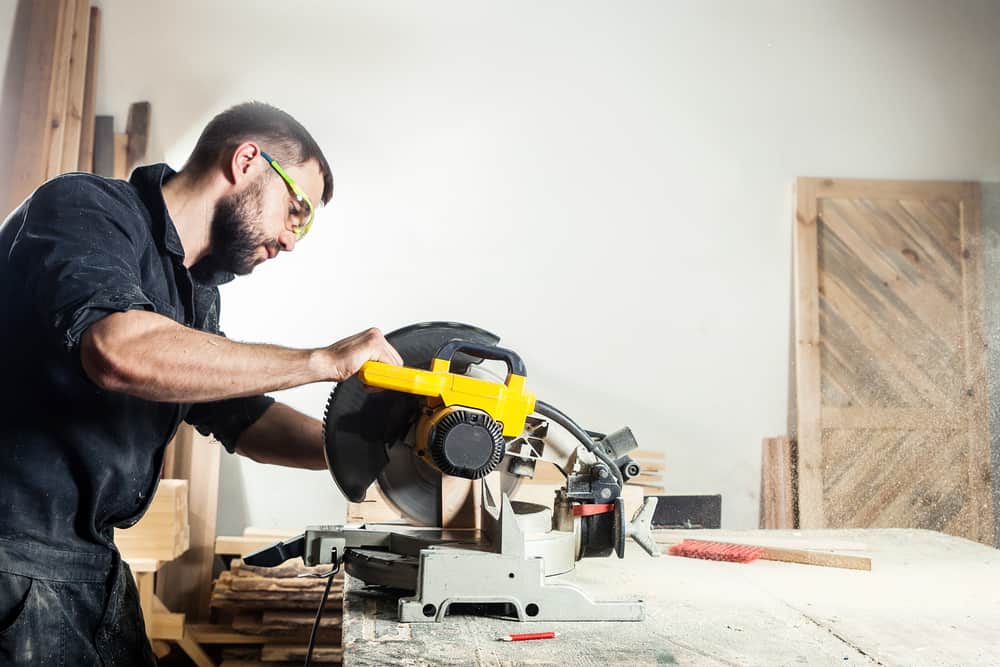

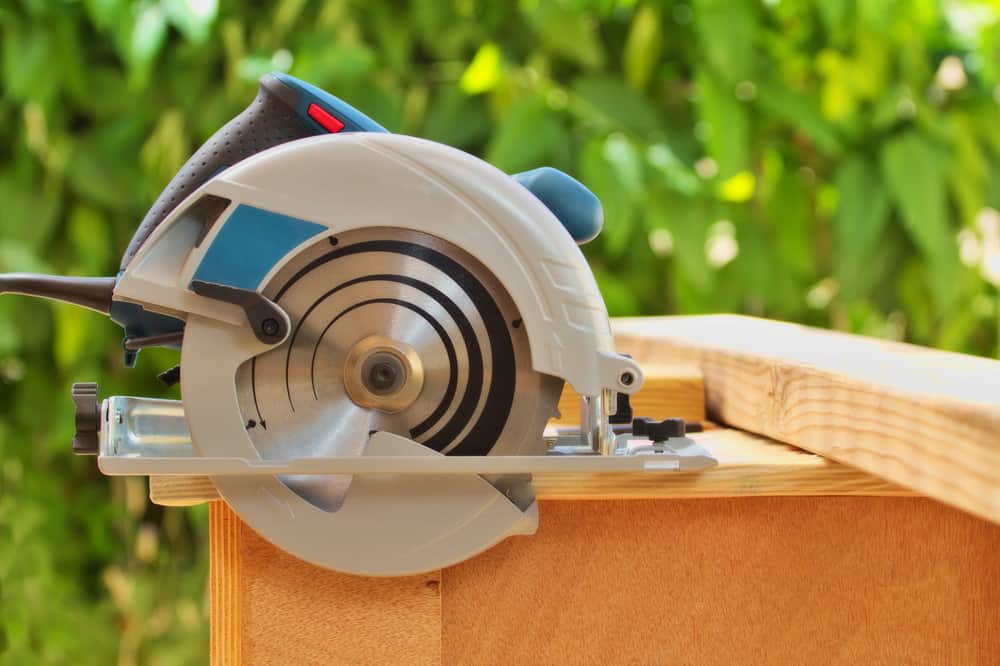
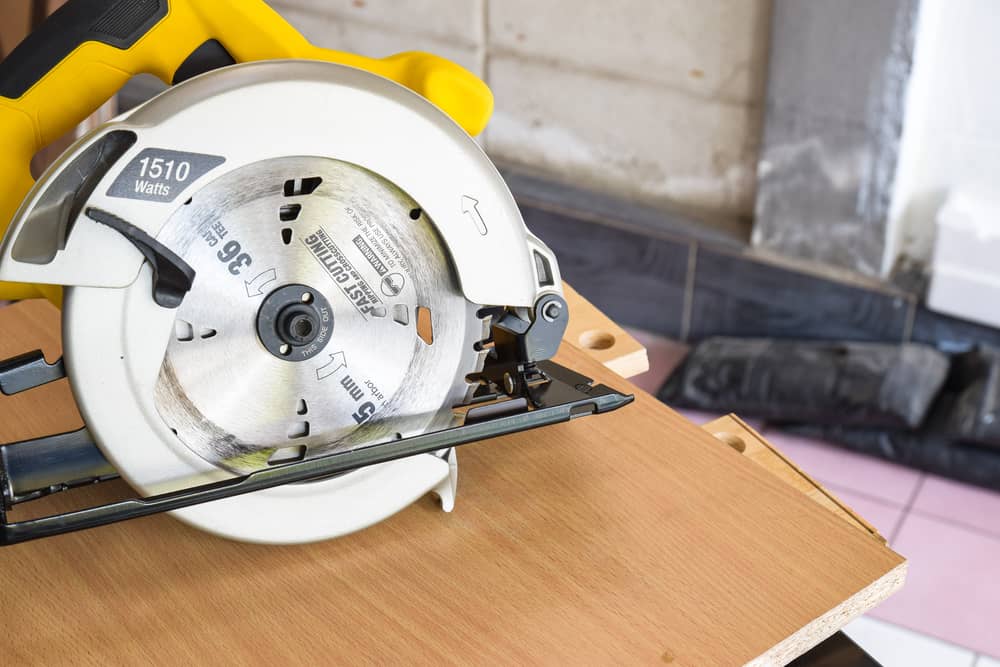
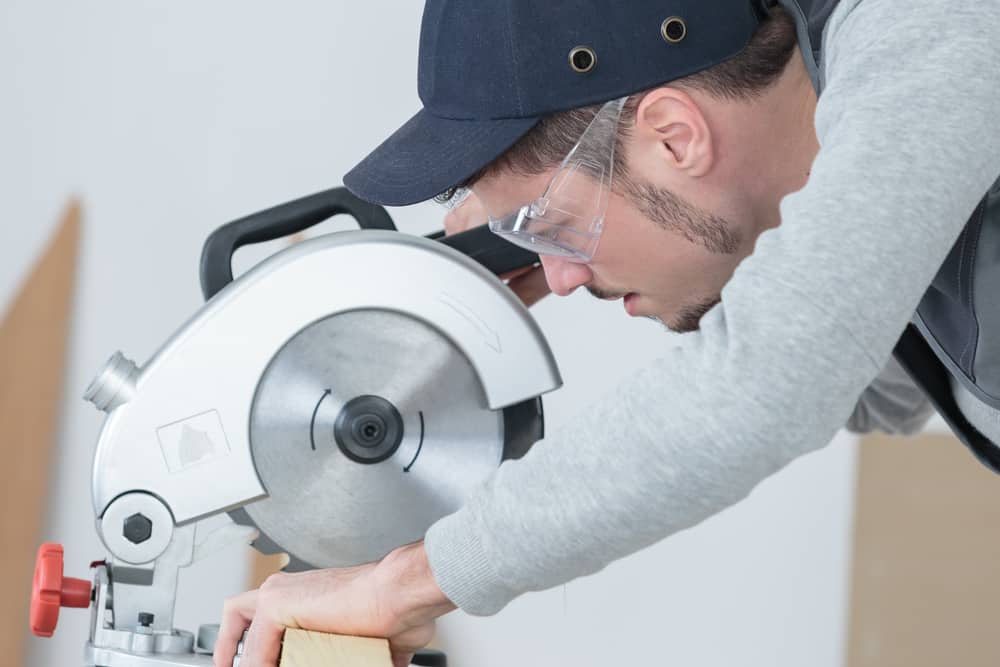
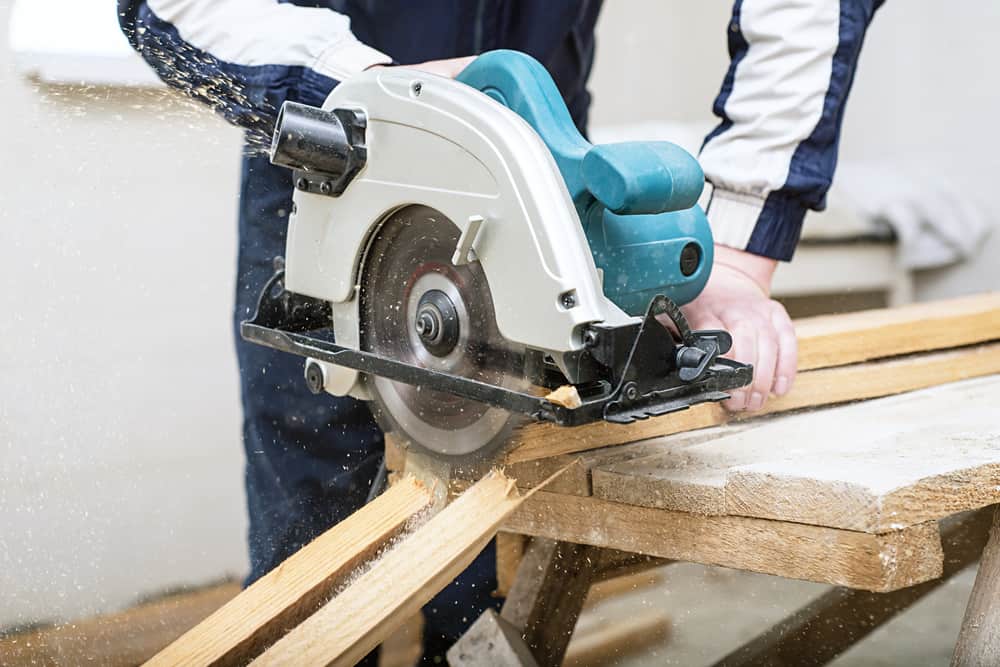
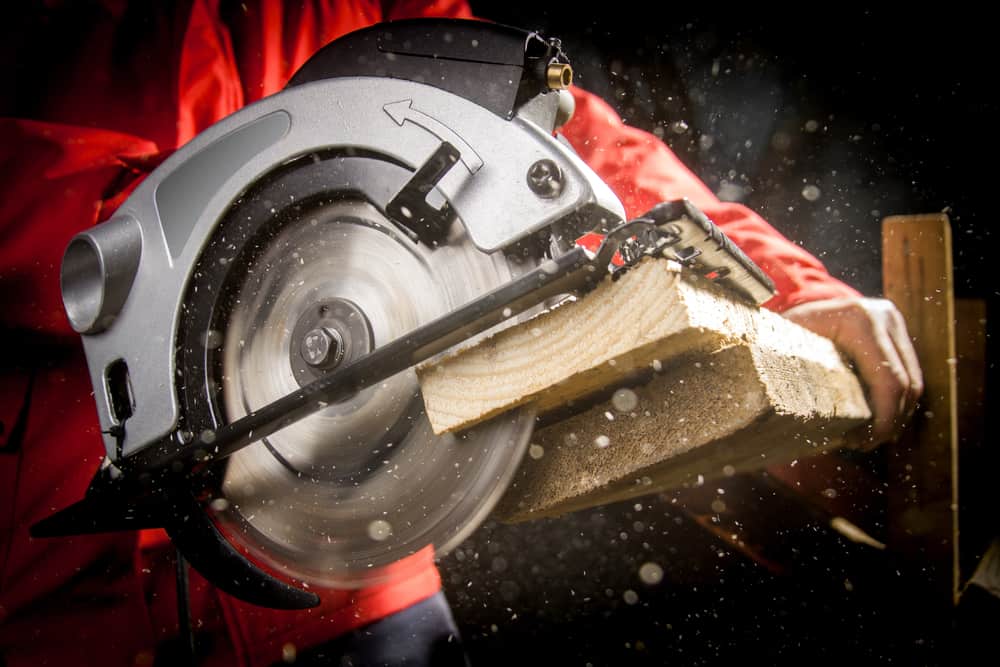
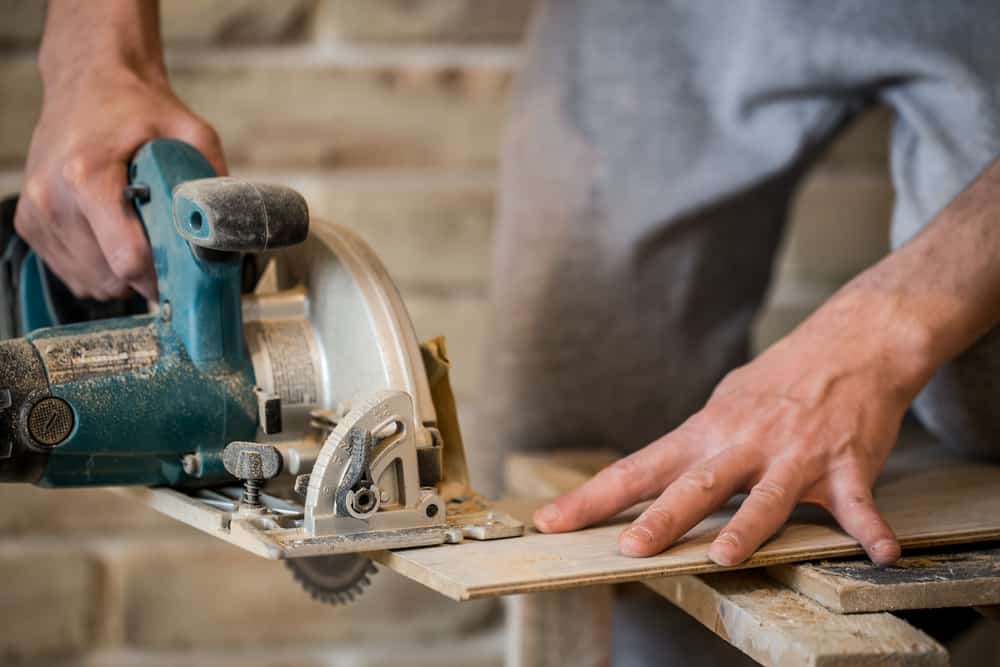
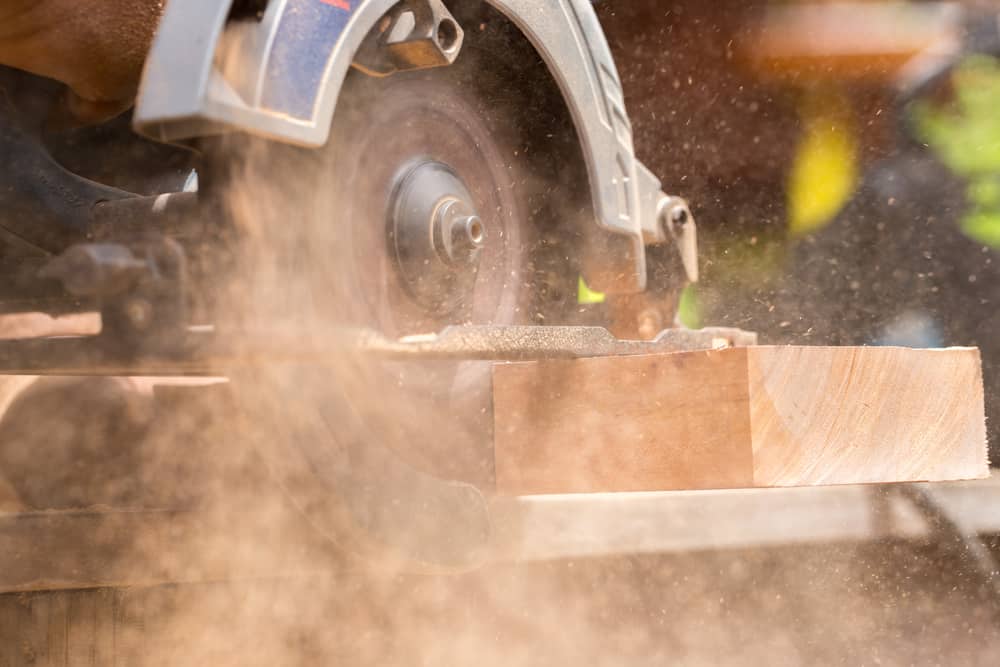
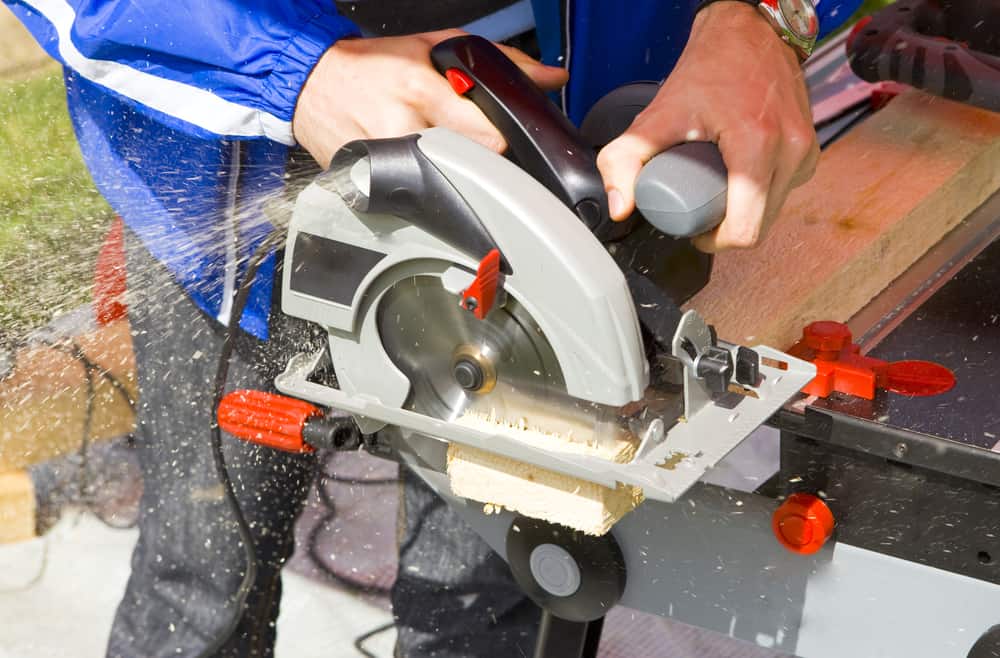
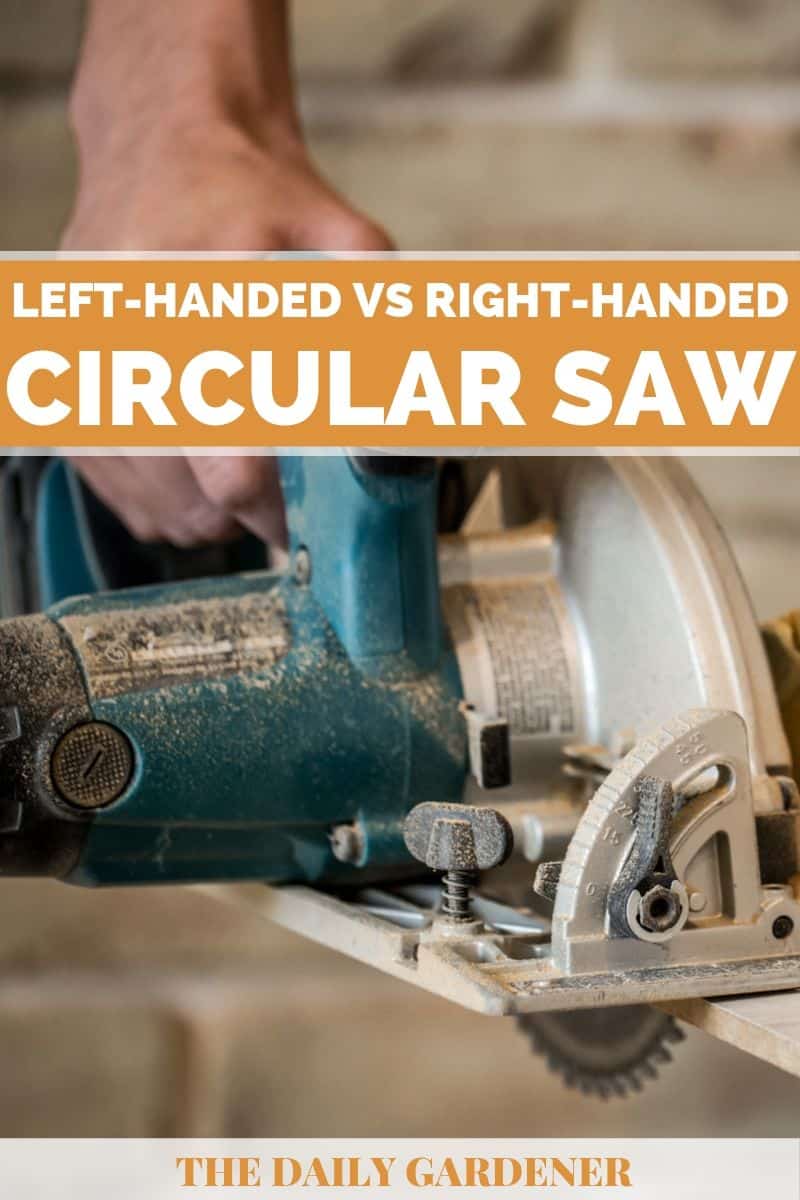
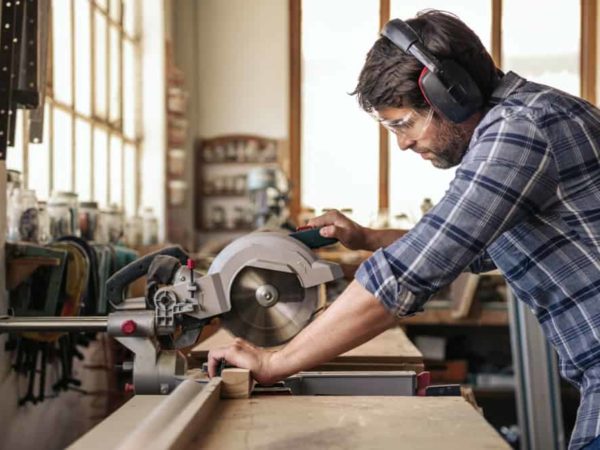
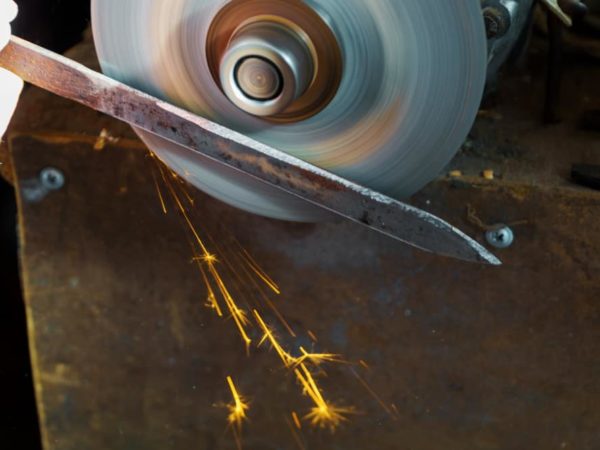
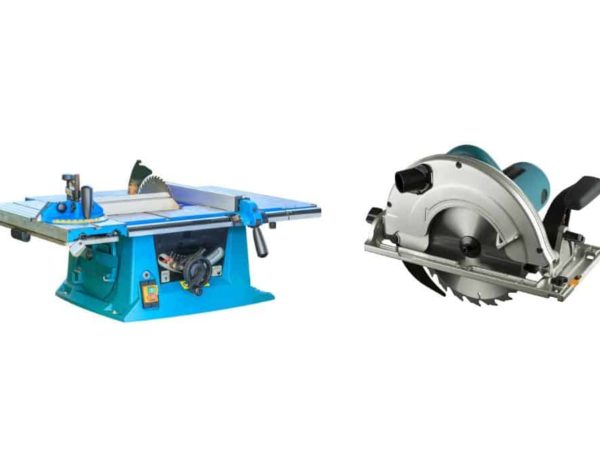
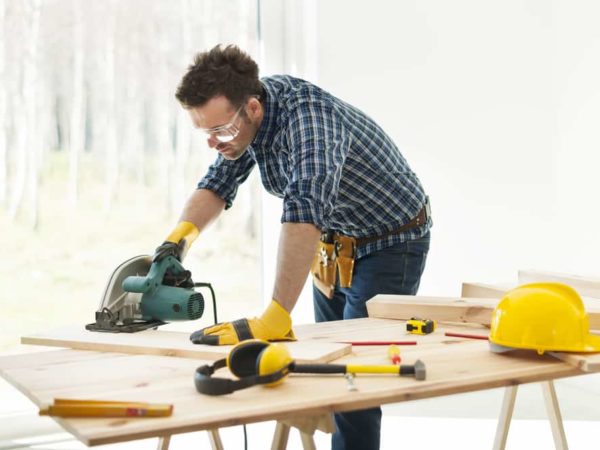
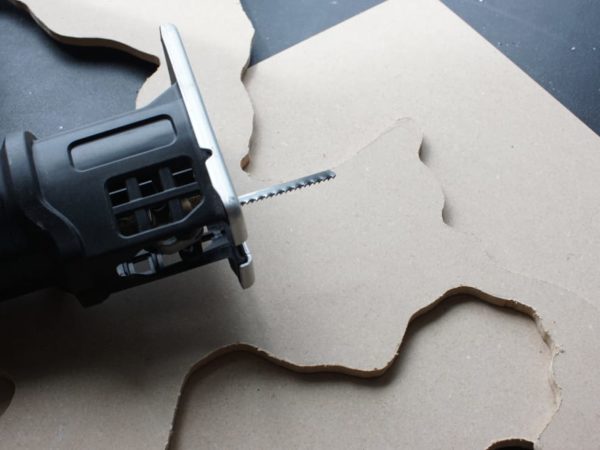
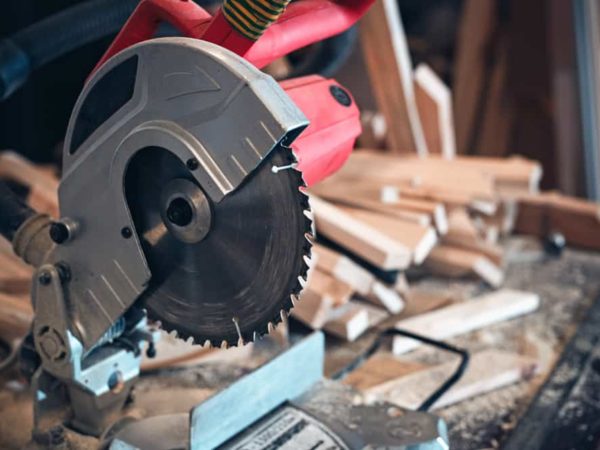
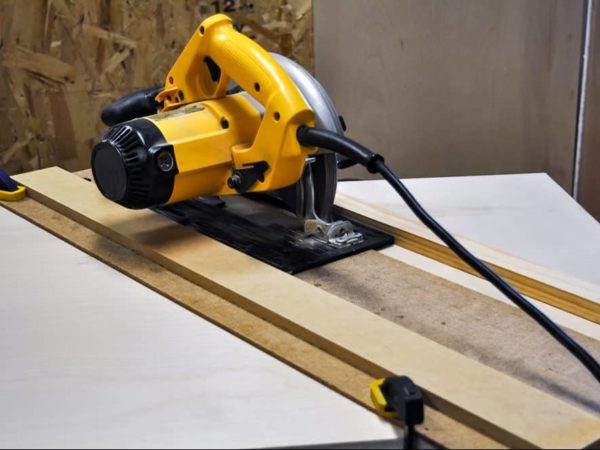
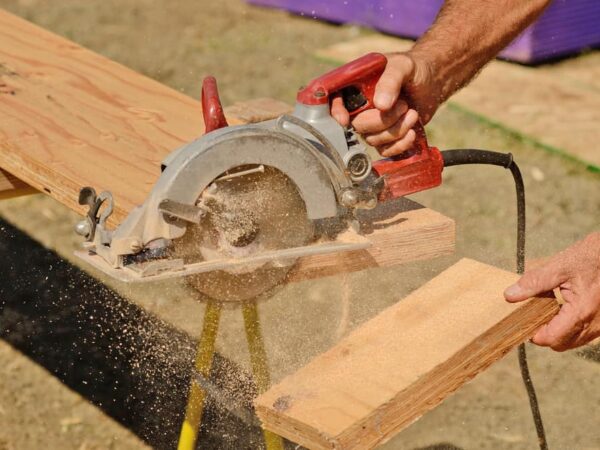
“ With a right-bladed saw, most of the weight of the saw is on the waste edge. This means you are effectively cutting the wood out from under it and will need to support the saw yourself as you cut.”
—-You have that backwards I think! Most folks will have the waste side to the right (if you are right handed) so therefore the weight of a right-cut saw will be over the “good” side and usually that is the larger side, and the clamped side as well!
Another consideration is using a track, and from what if seen (as in Tom Silva on This Old House) the blade is always on the right, with the track and motor on the left.
But this was a great article nonetheless! Thanks